Andrew Sheridan, with his dark suit and preoccupied lawyerly manner, hardly looks like the kind of bloke you’d expect to be masterminding the fortunes of Bloodhound or any other land speed record bid.
His demeanour suggests he’d be happier in some legal inner sanctum, discussing finer points of the law.
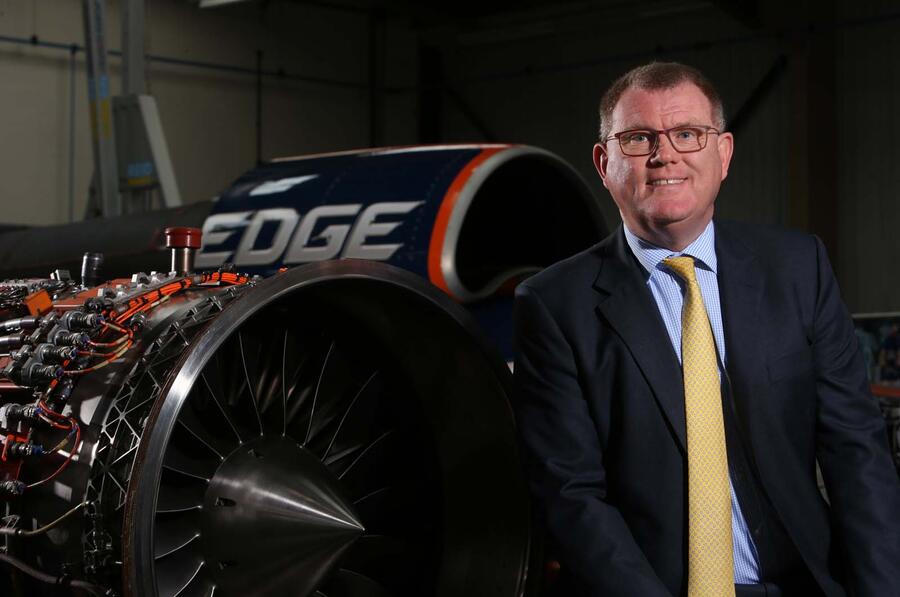
Like it or not, Sheridan and his firm FRP Advisory are now the project’s joint administrators, having been appointed by the courts in October 2018. Practical stuff like keeping the doors open and the lights on are now down to them. But the key task is to find backers to help Bloodhound reach its 1000mph objective in two to three years’ time.
Taking the project forward is by far the best outcome, Sheridan insists. “Bloodhound is a project, not a conventional profit-earning concern,” he explains. “Many of its assets are borrowed or provided in kind, as a form of sponsorship. Its value is not its assets or earnings but the huge global publicity and awareness it can create by achieving its goals.”
FRP Advisory is the same legal group that found new owners for the Force India Formula 1 team, and Sheridan is cautiously optimistic in this new, even more unusual case, describing Bloodhound as “a truly groundbreaking project that has built a global audience and helped inspire a new generation of STEM [science, technology, engineering and mathematics] talent in the UK”.
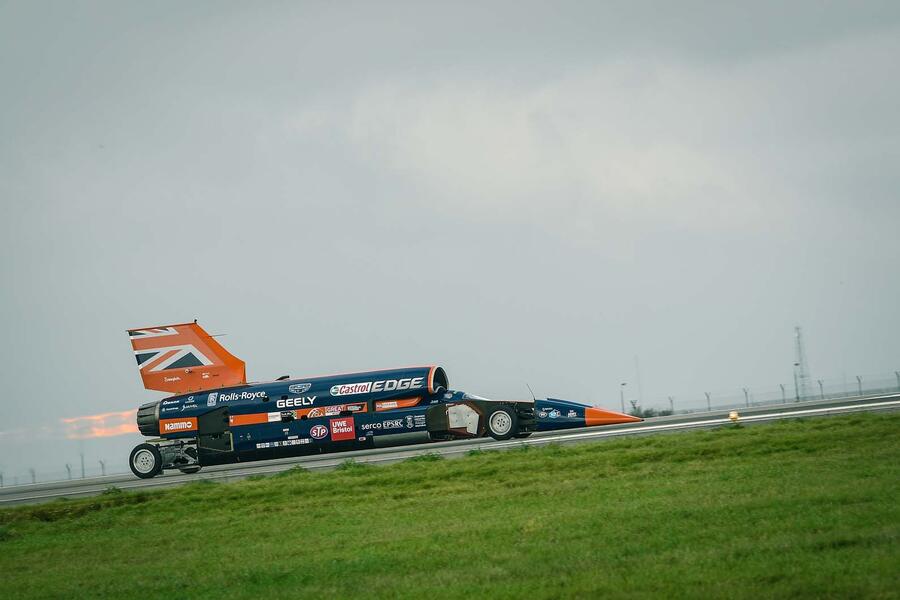

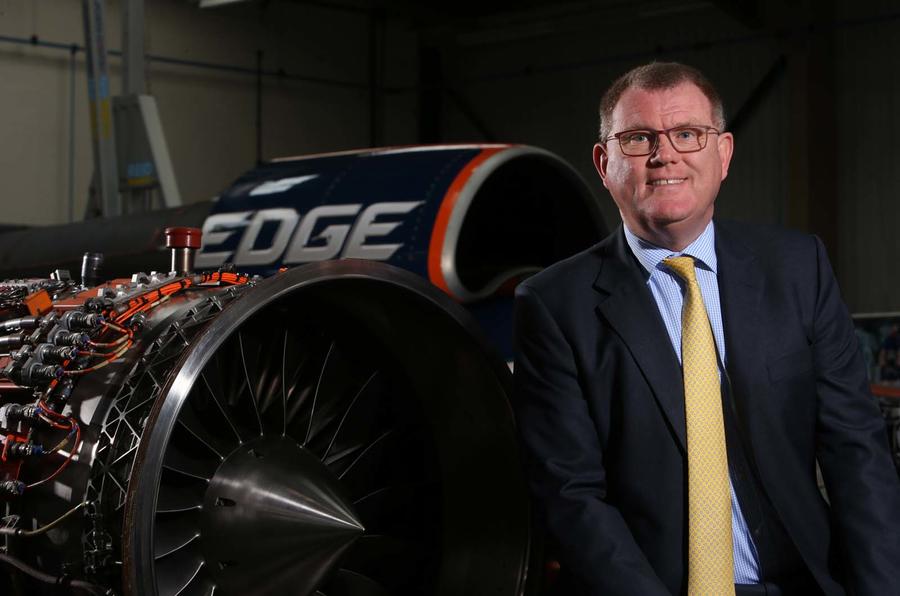










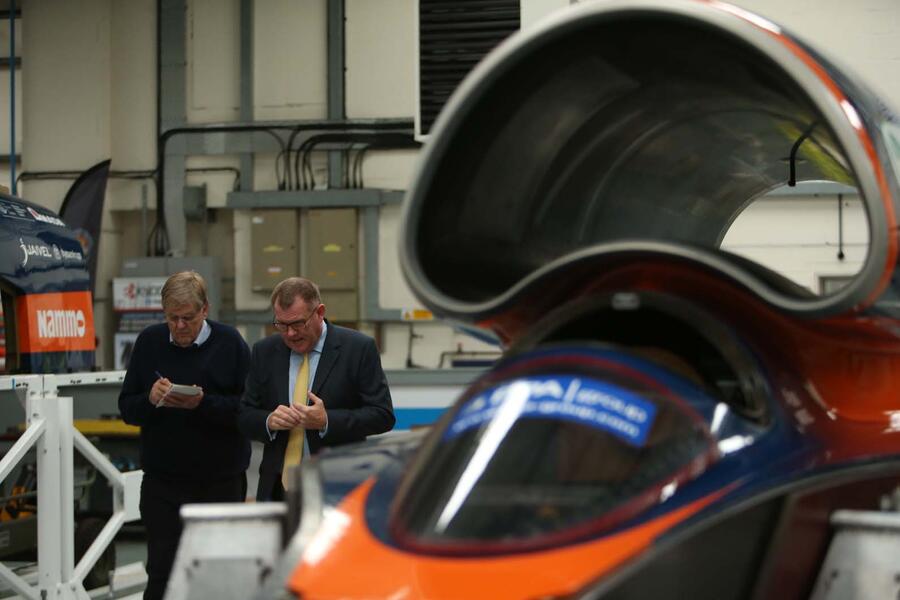
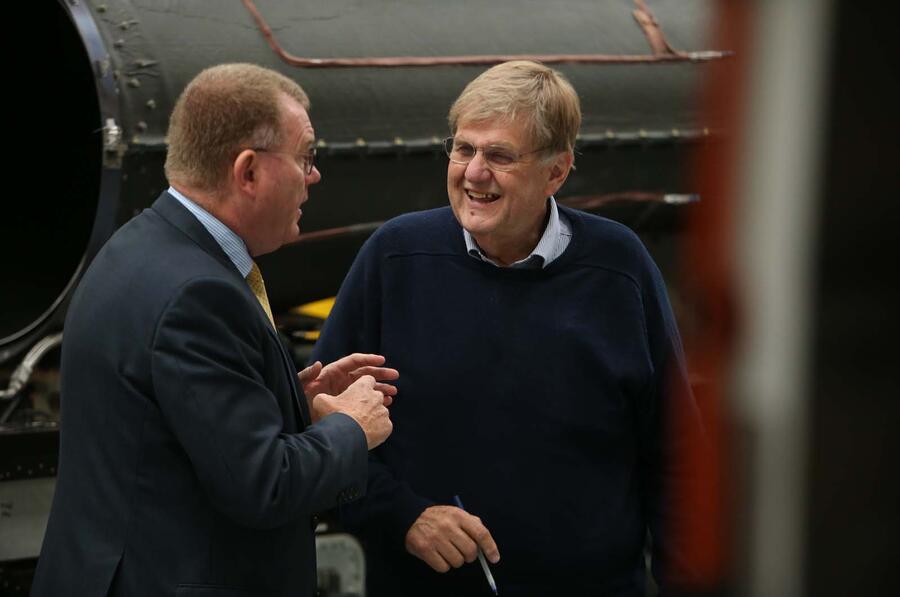






Join the debate
Add your comment
Save Bloodhound
.
I hope they do sort it out, my brother paid for my wife and I to have our names on the fin back in Nov 2009. If the project fails I'll have to return the certificate to him and ask for a replacement present.
Gosh, he found Force India a new owner!
That would have been an amazing achievement except there was a multi billionaire looking for a way to get his son out of driving a hopelessly slow Williams car however none of the big teams wanted to take his equally hopelessly slow son on, but suddenly Force India came up for sale so he bought it to prolong his son's F1 career.
I think Bloodhound might be a little mire tricky than that?